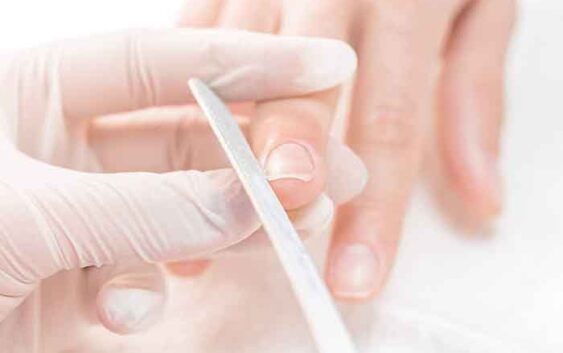I’m sure you’ve seen numbers on almost every file on the market. But what do they mean? How should we choose? Don’t panic, the nail supply expert Maryton will explain everything to you. Just keep reading!
As a matter of fact, the numbers refer to the thickness of the grain on the surface of the nail file, or more accurately the size of each grain, as the number indicates how many grains of sand occupy a square inch. The smaller the grains of sand, the more there are per square inch and the higher or smoother the grain.
If the two numbers are the same, then the two sides have the same grain – if the two numbers are different, then the two sides have a different grain. For example, a 100/100 file means both sides have the same grit. A 100/180 grit file, on the other hand, will have one side with a softer grit than the other.
Knowing this, we can now clearly understand which file is coarser and which file is softer:
1. The higher the number, the smoother the grain of the file.
2. The lower the number, the coarser the grain of the file.
Imagine a 1-inch square filled with 100 grains of sand; it will be very rough. If you take a one inch square and fill it with 240 grains of sand it will be much smoother. So, the higher the grit, the less surface of the nail is affected, less material is removed during filing and the smoother the surface of the nail is after filing.
Hoping that this article has pleased you and will give you ideas! Also, before you invest in a professional manicure kit, be sure to choose the grit of your nail file carefully.
Read also: A semi-permanent pedicure at home is possible!
Source:
